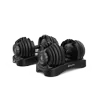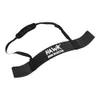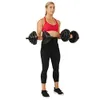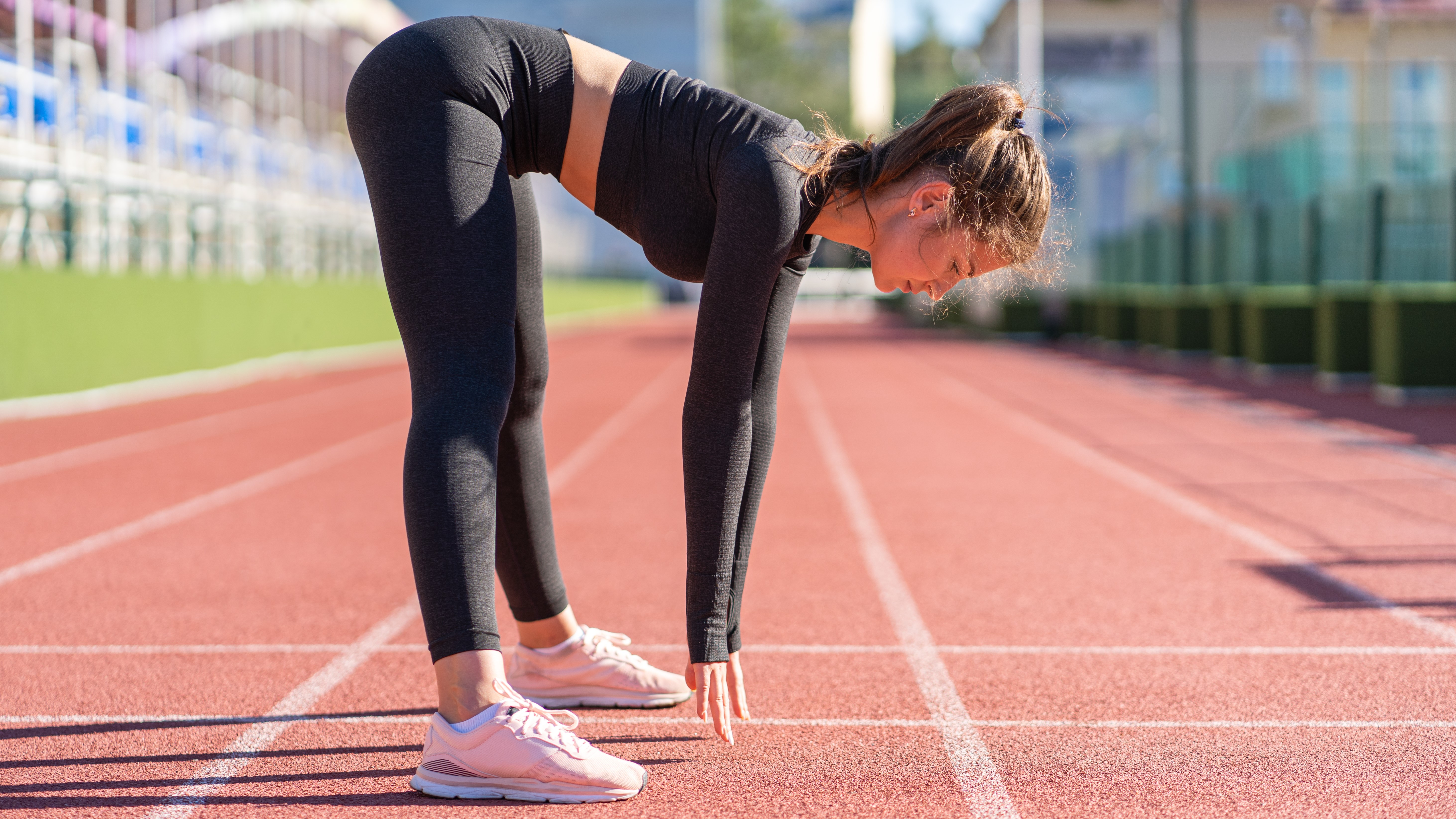
If you’re not already adding inchworms with push-ups into your mobility routine, I have one question for you: why not? I urge you to try them. This short and effective drill is a non-negotiable when I train clients — I’ve seen hamstring flexibility, mobility and core stability all improve with every set and rep they complete.
Inchworms don’t require a push-up, but it’s an effective way to strengthen the upper body and activate your core muscles while opening up your hamstrings and lower back. Plus, they’re fun, so there’s that, too.
Here’s what happened when I did 30 of them every day for one week without using any equipment.
What is the inchworm exercise good for?
Inchworms are a bodyweight mobility exercise that targets hamstring flexibility and overall range of motion.
Because it’s dynamic — you start standing up, walk your hands out into a plank position, then walk your hands back toward your feet — it gets oxygenated blood pumping around the body, preparing your joints and muscles for your workout and raising your heart rate.
How to do inchworm push-ups
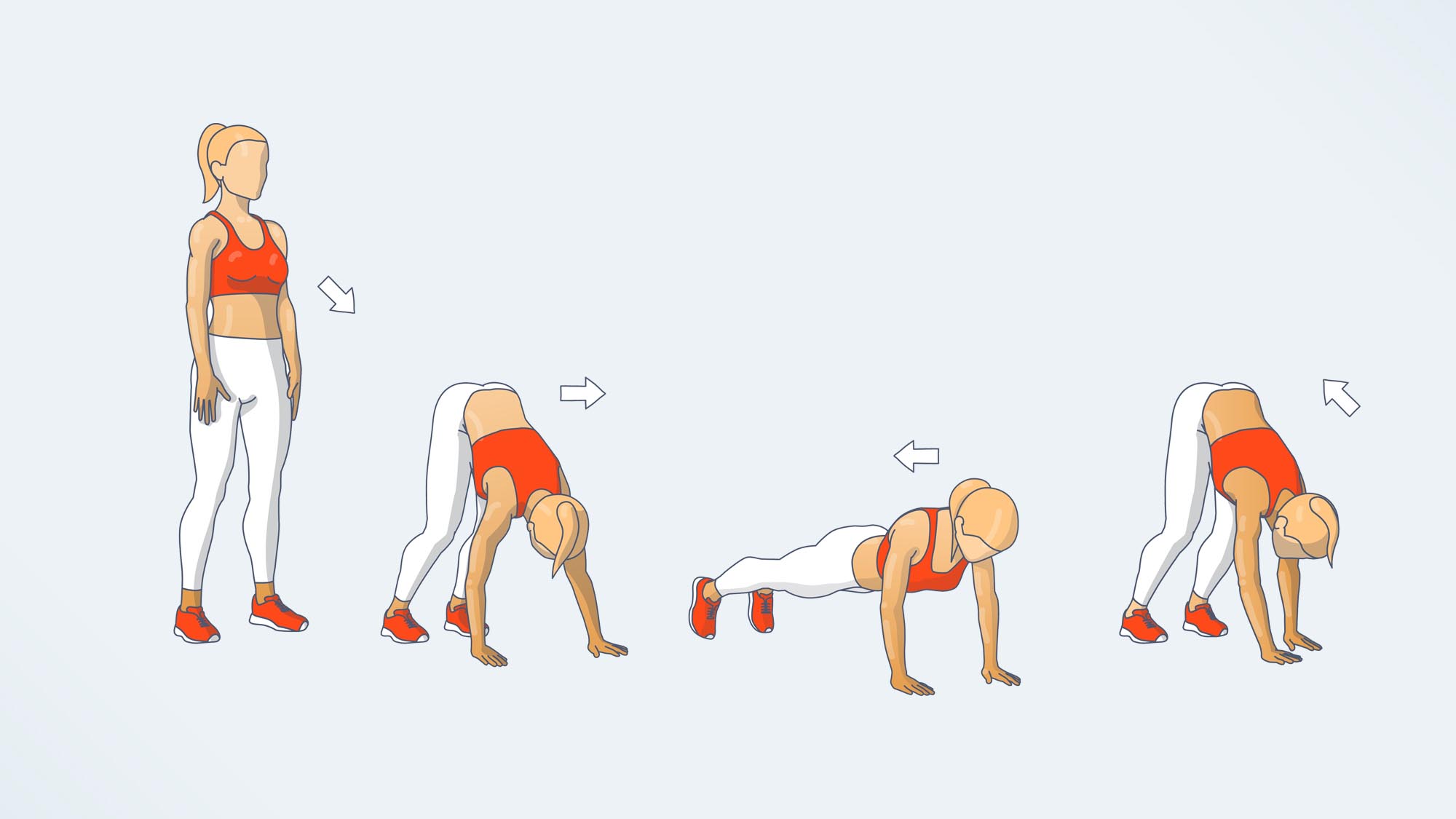
- Stand with your feet about hip-width apart
- Reach down to place your hands on the floor just in front of your feet, hinging forward at the hips
- Walk your hands forward one step at a time until you find a high plank position
- Keep your core engaged throughout, creating tension in your stomach, glutes and quads to support your lower back
- Walk your hands back to your feet, then roll up to stand.
Avoid dropping your hips toward the floor as you walk your hands forward and try to keep your legs as straight as possible — the tighter your hamstrings, the more you’ll need to bend your knees. Once you’ve completed a few reps comfortably, add a push-up from the plank position; bring your knees to the floor if needed.
For a more challenging variation, walk your feet toward your hands rather than your hands toward your feet; this will get you traveling forward across the floor, rather than staying on the spot.
Get instant access to breaking news, the hottest reviews, great deals and helpful tips.
Here’s what happened when I did the inchworm and push-up exercise every day for a week
1. My hamstrings felt more open the further into the reps I got
The whole point of inchworms is to open up the back body as you reach down to the ground with both hands, then walk them forward, all while maintaining a minimal bend in your knees. This targets the hamstrings and (to a lesser extent) the glutes and lower back.
During the walk phase, your upper body and core muscles work together to support your bodyweight as you shift from one hand to another. This targets your shoulders, upper arms and (to a lesser extent) chest.
Now, add the push-ups. You’re moving into the strength phase, working the fronts of the shoulders (the anterior deltoids), triceps and pectoral muscles; the core stabilizes your torso and hips. All in all, you’ve got yourself a functional full-body strength and mobility exercise with a strong hamstring focus.
As always, I need a good few reps to warm up properly — around 10 is usually when my hamstrings start to soften and stop pinging warning signals to me.
As always, I need a good few reps to warm up properly — around 10 is usually when my hamstrings start to soften and stop pinging warning signals to me. For that reason, I start with a generous knee bend, then straighten more and more with every rep.
It’s one of the best hamstring exercises for getting me workout-ready. If you’re pretty nimble, try walking your feet to your hands instead.
Focus on staying high on the balls of your feet, almost onto your tiptoes. Lift the hips as high as you can, creating enough space for straight(ish?) legs to walk forward.
2. I worked my core without trying
Core stability is crucial for helping you maintain good posture during any exercise, protecting you from injury and supporting other muscle groups. Without a stable core, lifting heavy weights or running long distances wouldn’t be possible, or at least, not safely.
During the inchworm and push-up combination, your core stays constantly active — just remember to switch these muscles on first. To do this, think about lightly sucking your belly toward your spine, then gently brace as if expecting an impact. Then, direct your breath toward your stomach rather than your chest.
A few rounds of this (before an exercise) can help you remember your core muscles. I find that a strong and active core helps me keep my hips lifted and allows me to perform push-ups without them dropping to the floor. Plus, it helps prepare for my actual workouts.
Here’s more on learning how to engage your core properly.
3. I felt more open and mobile before workouts
There’s barely a stone left unturned with inchworm push-ups because they benefit the upper and lower body. If you’re about to head into a heavy deadlift session, inchworm push-ups are the perfect warm-up partner. Are kettlebell swings part of your program? Get the inchworm ready.
Any workout that is back-body focused or incorporates chest exercises like planks and push-ups will benefit from adding an inchworm push-up during your warm-up.
4. They’re pretty tiring for the upper body
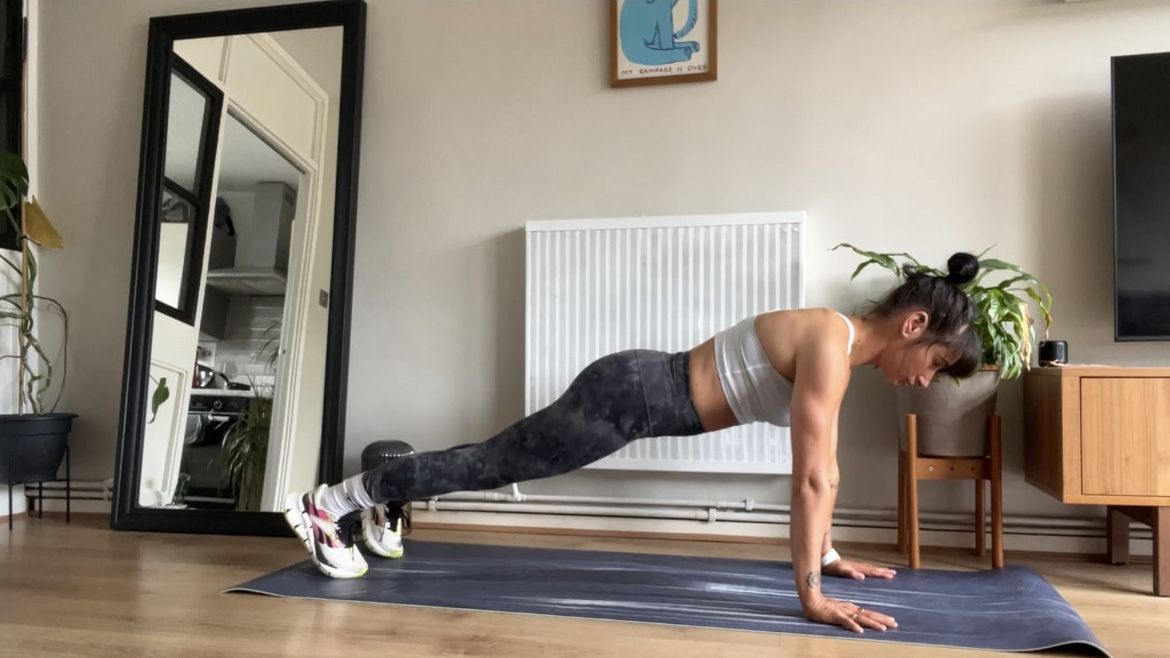
Inchworms aside, I was adding 30 push-ups a day to my routine, as well as opting for the more challenging variation of walking my feet to my hands instead of hands to feet. I focused on keeping my elbows locked close to my ribcage during the push-ups and performed each rep without my knees to keep the intensity high.
Given I broke my sets and reps into three sets of 10, this didn’t feel too arduous, but my whole body felt switched on and raring to go afterward.
Ready to give it a try? You don't need any equipment, just enough space to perform a plank!
More from Tom's Guide
- I did 50 Windshield Wipers every day for a week — here's what happened to my abs
- I'm a personal trainer — this 5-move abs workout strengthens your core and hips using dumbbells
- Whoop 5.0 and Whoop MG just announced — here's everything you need to know

Sam Hopes is a level 3 qualified trainer, a level 2 Reiki practitioner and fitness editor at Tom's Guide. She is also currently undertaking her Yoga For Athletes training course.
Sam has written for various fitness brands and websites over the years and has experience across brands at Future, such as Live Science, Fit&Well, Coach, and T3.
Having coached at fitness studios like F45 and Virgin Active and personal trained, Sam now primarily teaches outdoor bootcamps, bodyweight, calisthenics and kettlebells.
She also coaches mobility and flexibility classes several times a week and believes that true strength comes from a holistic approach to training your body.
Sam has completed two mixed doubles Hyrox competitions in London and the Netherlands and finished her first doubles attempt in 1:11.
You must confirm your public display name before commenting
Please logout and then login again, you will then be prompted to enter your display name.


